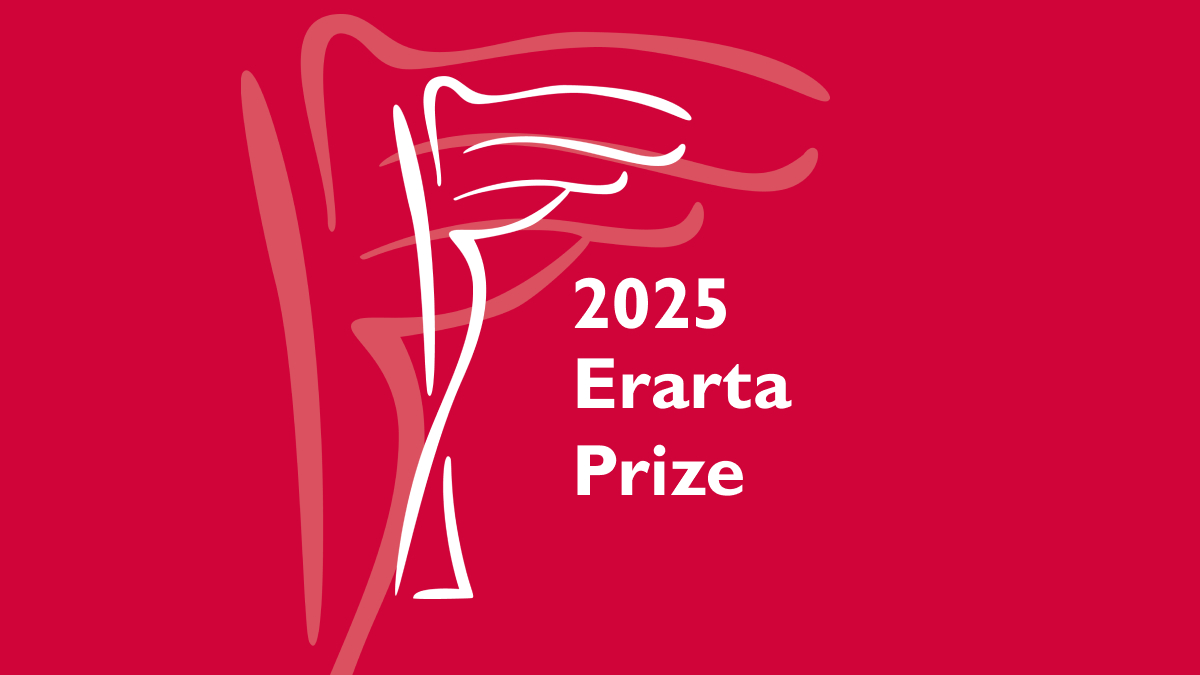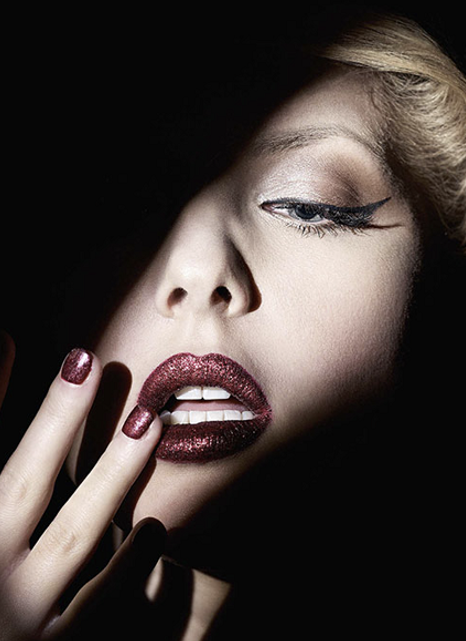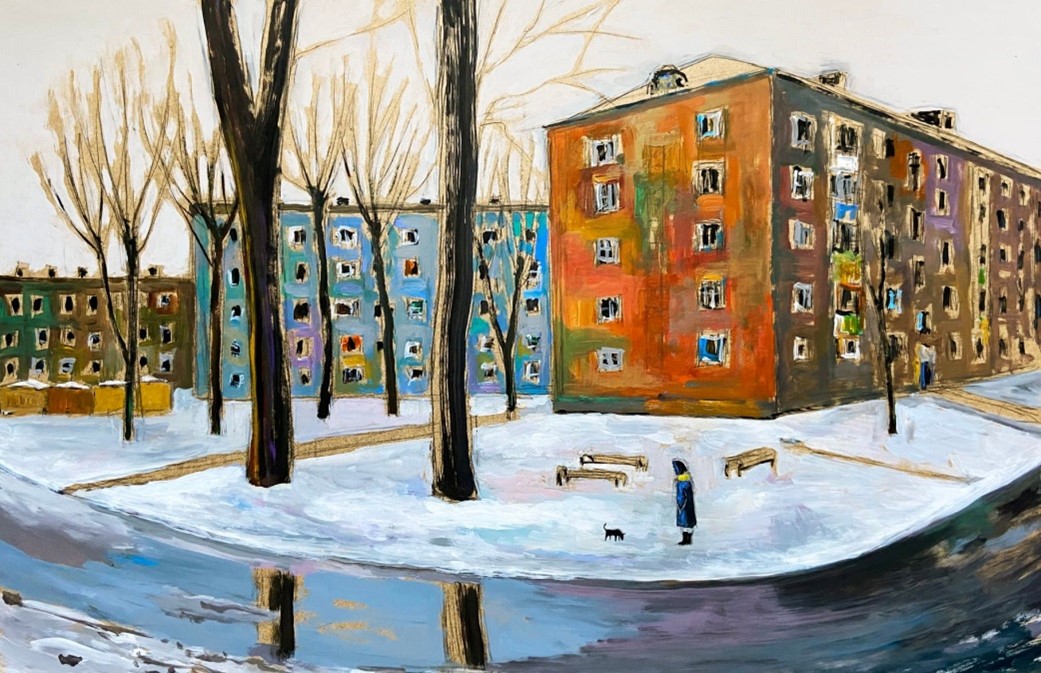Erarta Museum presented the first St. Petersburg exhibition of Misha Brusilovsky, one of the most prominent Russian artists of the latter half of the 20th century
-
Daily grind turning into a transcendental legend
-
Journey through the loops and labyrinths of Time
- An artist highly praised at home and abroad
Misha Brusilovsky (1931–2016) was one of the most prominent Russian artists of his time. Along with Vitaliy Volovich, Gennadiy Mosin, German Myatilev, and Andrey Antonov, Brusilovsky is regarded as one of the seminal figures in the art of the Urals region. Born in Kiev, little Misha first arrived in the Urals during the wartime civilian evacuation. Having graduated from the Academy of Arts in Leningrad, he was assigned a job in Sverdlovsk where he subsequently lived and worked – with the exception of time spent in Paris and NYC – for more than five decades. He is usually credited with breathing new life into the city’s creative atmosphere: he and his friends successfully executed a ‘Brusilov offensive’ in the local art scene, while his close circle became the hub of creative thought and aesthetic experimentation.
Among the Soviet Sixtiers, Misha Brusilovsky stands out from the rest: immediately recognisable for his style, he could transform the mundane into a parable and a historic fact into a global myth, finding transcendental subjects in the everyday. His topics range from the tumultuous history of the 20th century to Bible stories, from ancient mythology to contemporary life observed from some point deep in historical time. If one were to judge the artist by his paintings merging the past, the present, and the future in strange authenticity, it would be no far stretch to call him a talented stalker of the loops and labyrinths of Time. The exhibition at Erarta Museum seeks to illustrate how art can turn the daily grind into a sublime legend, a parable, a continuation of the Genesis, while the energy of visuals lends human consciousness the depth of collective memory.
Misha Brusilovsky was one of the few Russian artists of the latter half of the 20th century to gain international recognition. His 1918 painting was exhibited at the 1966 Venice Biennale, and the one-man show held in 1989 at Garig Basmadjian’s gallery in Paris received wide acclaim. The reviews of the exhibition in the French press mentioned Brusilovsky’s name alongside such Russian artists as Ilya Kabakov, and Erik Bulatov. The artist was gradually appreciated back at home, too. In 1986, the ban on Brusilovsky’s art was lifted. Solo exhibitions were held in Yekaterinburg and Moscow. The artist received an award ‘For Outstanding Achievements in Literature and Art’ and the distinctions of the Merited Artist of Russia and Honorary Member of the Russian Academy of Arts.
Brusilovsky’s works have until now been on display in Yekaterinburg, Chelyabinsk, Perm, Moscow, Paris, London, Beijing, Shanghai, Hong Kong, Berlin, and Venice. Finally, the St. Petersburg public, too, has a chance to view these masterpieces.











